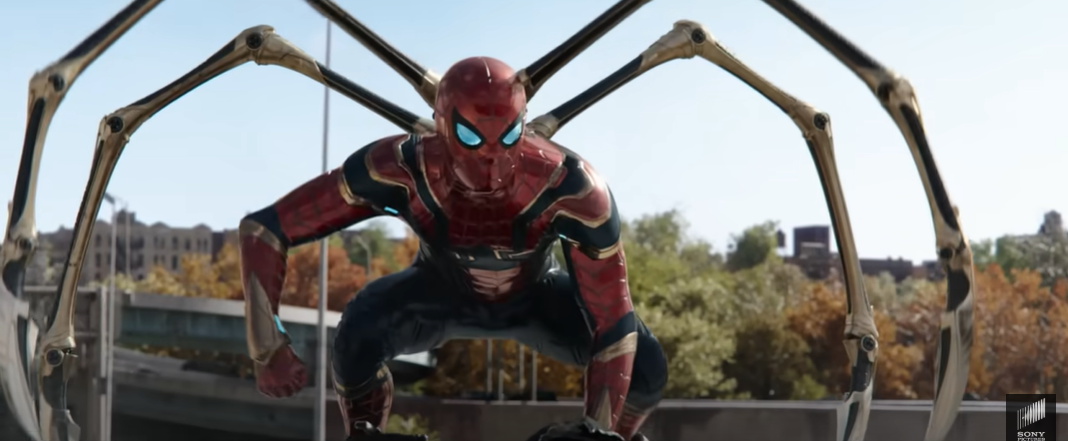- Tubelator AI
- >
- Videos
- >
- Education
- >
- Why the Appalachians Contain Some of the Oldest Fossils on Earth
Why the Appalachians Contain Some of the Oldest Fossils on Earth
The Appalachian Mountains are some of the oldest geological features on earth. And they also hold fossils that tell us about some of the very earliest life forms that we'll ever manage to see in the fossil record. So how did these mountains manage to hang on to these precious fossils? The story lies in a billion-year long game of bumper cars, and in these plain-looking little rocks.
Check out the SciShow Rocks Box https://complexly.store/rocks
Hosted by: Hank Green (he/him)
----------
Support us for $8/month on Patreon and keep SciShow going!
https://www.patreon.com/scishow
Or support us directly: https://complexly.com/support
Join our SciShow email list to get the latest news and highlights:
https://mailchi.mp/scishow/email
----------
Huge thanks go to the following Patreon supporters for helping us keep SciShow free for everyone forever: J.V. Rosenbalm, Bethany Matthews, Toyas Dhake, David Johnston, Lyndsay Brown, Alan Wong, Jeffrey Mckishen, Kaitlyn O'Callaghan, Reed Spilmann, Garrett Galloway, Friso, kickinwasabi, Gizmo, Jeremy Mattern, Blood Doctor Kelly, Eric Jensen, Jaap Westera, Matt Curls, Jp Lynch, Wesus, Chris Curry, Cye Stoner, Kevin Knupp, Piya Shedden, Adam Brainard, Alex Hackman, Jason A Saslow, Kevin Bealer, Joseph Ruf, Chris Peters, Chris Mackey, Steve Gums
----------
Looking for SciShow elsewhere on the internet?
SciShow Tangents Podcast: https://scishow-tangents.simplecast.com/
TikTok: https://www.tiktok.com/@scishow
Instagram: http://instagram.com/thescishow
Facebook: http://www.facebook.com/scishow
Bluesky: https://bsky.app/profile/scishow.bsky.social
#SciShow #science #education #learning #complexly
----------
Sources: https://docs.google.com/document/u/1/d/e/2PACX-1vT_jcZkPwgf1_AmzdVOS3MwIpxjfasGMaeOOF9jpS7eiIbp9aqoeBugriKKNlkmMZok1bsbvk6tIH0_/pub
Video Summary & Chapters
No chapters for this video generated yet.
Video Transcript
Let me paint you a picture of our planet more than one billion years ago.
The land is barren and rocky, but the shallow oceans are a tropical paradise,
with mats of greenish microbes coating the shallow sea floors under a hazy, orangish sky.
They spread out, growing for miles and building on top of each other as they reach for the sun.
Despite the biological bounty, this time period is so far back that we have almost
nothing in the fossil record to tell us about it.
Even the geological record is piecemeal, with the rocks having been messed up and destroyed over the eons.
But there is one band of mountains where pieces of this paradigm—
ice were preserved.
The Appalachians, running through the northeastern US, give us a unique snapshot into this ancient
world, thanks to their long history of formation.
And central to that story is this rock, called Franklin Marble.
To understand why the Appalachians are so special, we need to get into plate tectonics.
Some of the most dramatic examples of plate tectonics on our planet can be found at the
boundaries between plates, where two pieces of continental crust smush into each other
and build huge mountain ranges.
The classic example is the Himalayas, formed as the Indian subcontinent slow-motion crashes
into Asia.
And yes, that is present tense.
It is happening right now.
The Himalayas are a kind of simple version of this, because the Indian subcontinent is
just going to keep pushing in one direction until it peters out and stops.
But on geological timescales, tectonics is rarely that simple or that long-lasting.
Usually, things tend to be more cyclic.
Perhaps no place exhibits this more clearly than the Appalachian Mountains.
This single mountain range has more than a billion-year-long history,
consisting of five continental collisions and two periods when the tectonic plates
reversed and started moving away from each other.
And while different parts of the 3,200-kilometer-long range
contain different parts of its history, New Jersey has some of the oldest rocks that help
us to tell this whole story.
So let's start at the beginning, around 1.3 billion years ago in the late Mesoproterozoic.
Much like today, the continents of the world were scattered, fragmented by the shattering
of the ancient supercontinent Nuna some 200 million years earlier.
And also like today, those continents were on their way to joining up once again.
The continent of Laurentia, which is the home of most of modern-day North America,
began to collide with Amazonia, which is what we'd now call the northern part of South America.
This collision led to the assembly of a new supercontinent known as Rodinia.
But this wasn't like a nice, tidy cozying up of continents. Things got messy.
Geologists think that the convergence started out as a subduction zone,
with the oceanic crust of one tectonic plate sliding underneath the other.
Like we see in subduction zones today, this would have led to melting in the mantle above the subducted slab,
creating magma that rises up and creates a volcanic arc next to an ocean trench.
But the mechanics of subduction zones also create another feature on the overriding plate called a back-arc basin.
Essentially, the volcanic arc sits...
sitting right at the edge of a colliding plate,
changes the way the tectonic forces act on that plate.
And behind it, things switch from pushing to pulling,
extending the crust instead of compressing it.
We can see examples of these back-arc basins today in the Sea of Japan,
Video Summary & Chapters
No chapters for this video generated yet.
Video Transcript
Let me paint you a picture of our planet more than one billion years ago.
The land is barren and rocky, but the shallow oceans are a tropical paradise,
with mats of greenish microbes coating the shallow sea floors under a hazy, orangish sky.
They spread out, growing for miles and building on top of each other as they reach for the sun.
Despite the biological bounty, this time period is so far back that we have almost
nothing in the fossil record to tell us about it.
Even the geological record is piecemeal, with the rocks having been messed up and destroyed over the eons.
But there is one band of mountains where pieces of this paradigm—
ice were preserved.
The Appalachians, running through the northeastern US, give us a unique snapshot into this ancient
world, thanks to their long history of formation.
And central to that story is this rock, called Franklin Marble.
To understand why the Appalachians are so special, we need to get into plate tectonics.
Some of the most dramatic examples of plate tectonics on our planet can be found at the
boundaries between plates, where two pieces of continental crust smush into each other
and build huge mountain ranges.
The classic example is the Himalayas, formed as the Indian subcontinent slow-motion crashes
into Asia.
And yes, that is present tense.
It is happening right now.
The Himalayas are a kind of simple version of this, because the Indian subcontinent is
just going to keep pushing in one direction until it peters out and stops.
But on geological timescales, tectonics is rarely that simple or that long-lasting.
Usually, things tend to be more cyclic.
Perhaps no place exhibits this more clearly than the Appalachian Mountains.
This single mountain range has more than a billion-year-long history,
consisting of five continental collisions and two periods when the tectonic plates
reversed and started moving away from each other.
And while different parts of the 3,200-kilometer-long range
contain different parts of its history, New Jersey has some of the oldest rocks that help
us to tell this whole story.
So let's start at the beginning, around 1.3 billion years ago in the late Mesoproterozoic.
Much like today, the continents of the world were scattered, fragmented by the shattering
of the ancient supercontinent Nuna some 200 million years earlier.
And also like today, those continents were on their way to joining up once again.
The continent of Laurentia, which is the home of most of modern-day North America,
began to collide with Amazonia, which is what we'd now call the northern part of South America.
This collision led to the assembly of a new supercontinent known as Rodinia.
But this wasn't like a nice, tidy cozying up of continents. Things got messy.
Geologists think that the convergence started out as a subduction zone,
with the oceanic crust of one tectonic plate sliding underneath the other.
Like we see in subduction zones today, this would have led to melting in the mantle above the subducted slab,
creating magma that rises up and creates a volcanic arc next to an ocean trench.
But the mechanics of subduction zones also create another feature on the overriding plate called a back-arc basin.
Essentially, the volcanic arc sits...
sitting right at the edge of a colliding plate,
changes the way the tectonic forces act on that plate.
And behind it, things switch from pushing to pulling,
extending the crust instead of compressing it.
We can see examples of these back-arc basins today in the Sea of Japan,


 Install Tubelator On Chrome
Install Tubelator On Chrome









